On January 6, two men happened to be near San José church in the Lima district of Jesús María, when they were stopped by various agents from the Office Against Illegal Logging and Protection of Natural Resources (Dirección Contra la Tala Ilegal y Protección de los Recursos Naturales, or DIRCTIPRN – PNP), in coordination with Peru’s National Forestry and Wildlife Service (Servicio Nacional Forestal y de Fauna Silvestre, or Serfor). The men drove a pick-up truck, and were transporting an ocelot –commonly known as a “tigrillo” in Peru (Leopardus pardalis).
The ocelot is a protected species listed in Appendix I of The Convention on International Trade in Endangered Species of Wild Fauna and Flora, and also Peru’s Forests and Wildlife Law. It is a species native to the lowland forests of Peru’s Amazon region; from areas with dense vegetation.
The ocelot has been hunted for its skin since the Sixties, but in the last few years this practice has diminished considerably. However, it is still a threatened species, especially in rural areas where traffickers capture them in order to make some money selling them as exotic pets. When ocelots are sold in local street markets, they can fetch around $43.

This is probably what the two brothers, Erick Michel Príncipe Lázaro and Segundo Edmundo Príncipe Lázaro intended to do with the animal. But instead, they received three years’ prison time for the felony of illegal species trafficking that are federally protected, on top of having to pay a fine of $1,154 each.
The case is important, because it represents a legal precedent for Peru: it marks the first time that the felony of illegal species trafficking has ended up in the courts. The sentencing happened especially fast. The Specialized Prosecution in Environmental Matters demanded it be processed immediately, since there was enough evidence to show the ocelot has“obviously been in the process of being trafficked”.
After its rescue, the ocelot was taken from the capital to a local zoo and a captive breeding center. It will stay there under professional care.
For every ten wild species captured and sold illegally in Peru, only one of them ends up as a “pet”. The other nine typically die before they get to be purchased, according to Noga Shanee, founder of Neotropical Primate Conservation(NPC), a conservationist nonprofit organization based in the United Kingdom. In an interview with the Peruvian Society of Environmental Rights (Sociedad Peruanade Derecho Ambiental or SPDA), Shanee goes through the list of challenges faced by species conservation in Peru: environmental authorities don’t seem too interested in wild species; complaints are rarely investigated; few animals are rescued; traffickers are rarely caught, and there is rampant corruption, among others.
“The magnitude of species trafficking in Peru is immense, even though it’s hard to compare it to anything else because we don’t have solid data”, said Shanee.“It seems that Peru has the highest level of species trafficking in Latin America and one of the lowest rates of an appropriate response by the government.”
However, Shanee remains optimistic, because she believes that Peruvian society is increasingly concerned about the problem. In April of 2014, Neotropical Primate Conservation started a program called “General Public Complaint About Captive Wildlife” (dubbed Denuncia Fauna), in an effort to collect hundreds of complaints from people who had witnessed wildlife in captivity or wild species about to be illegally sold.
“For me, the majority of trafficking could be avoided with good consciousness raising about the environment in rural areas and by the closure of illegal markets”, argues Shanee. “Many people buy animals because they feel bad for them being in captivity, or because the markets are in city centers; these function openly and people see the trade of these animals as something that is accepted and legal.”
Meanwhile, Serfor representative Juan Moncada Alvites recently stated that the agency will continue reinforcing its activities against the illegal trafficking of wildlife in and around Peru’s capital, Lima.
This article was first published by Mongabay.com on 28 Jan 2016.
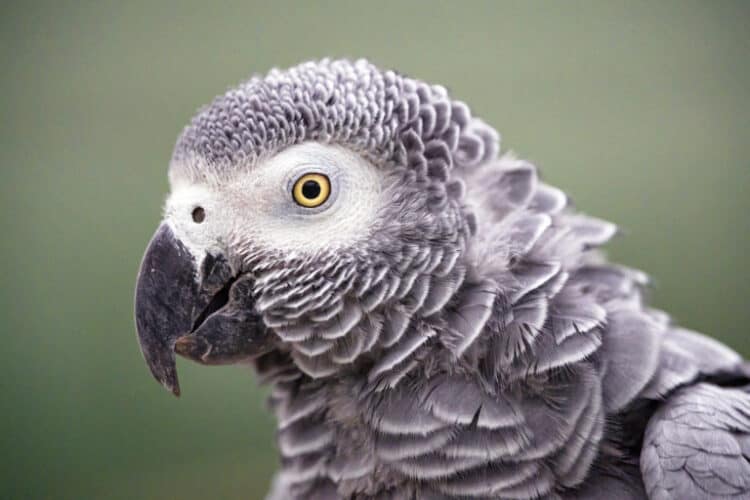
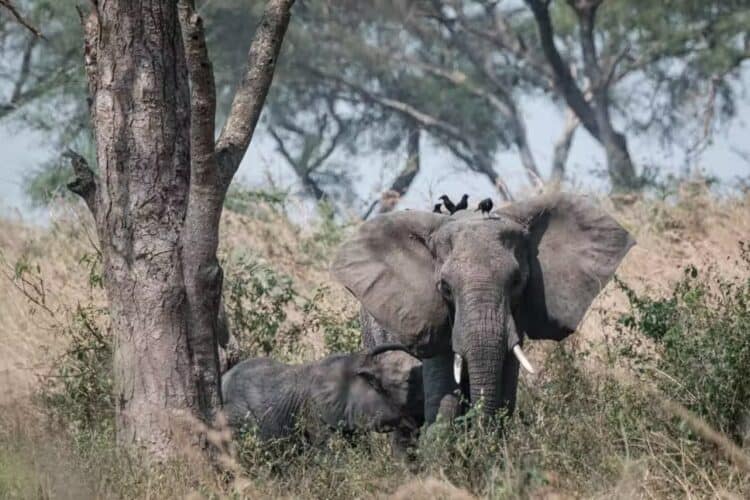
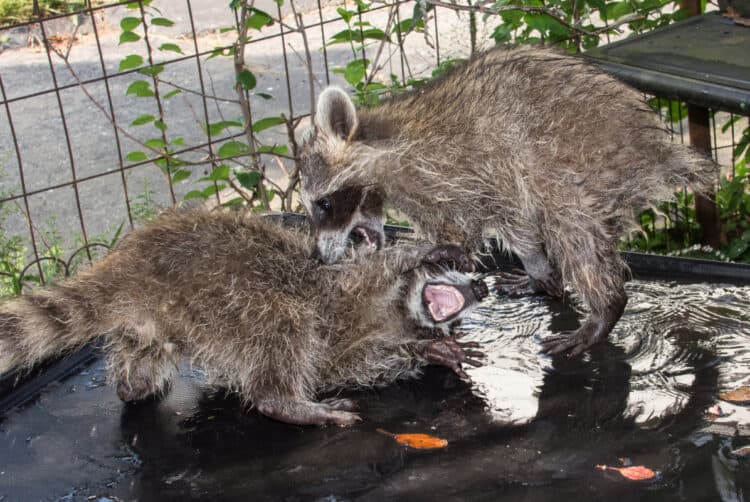
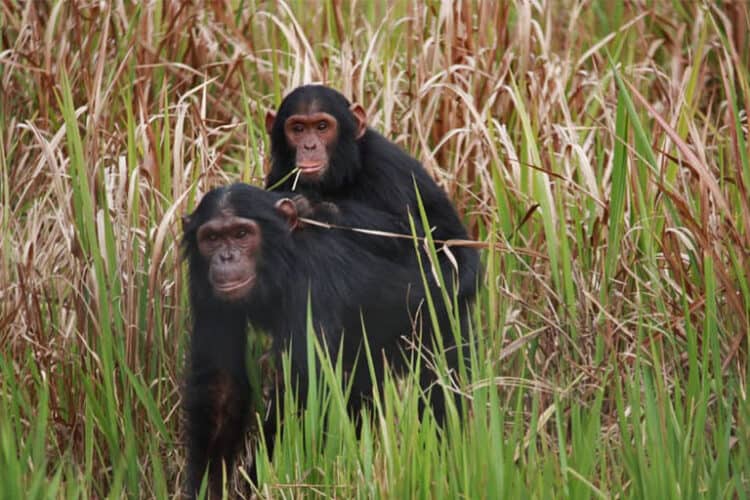
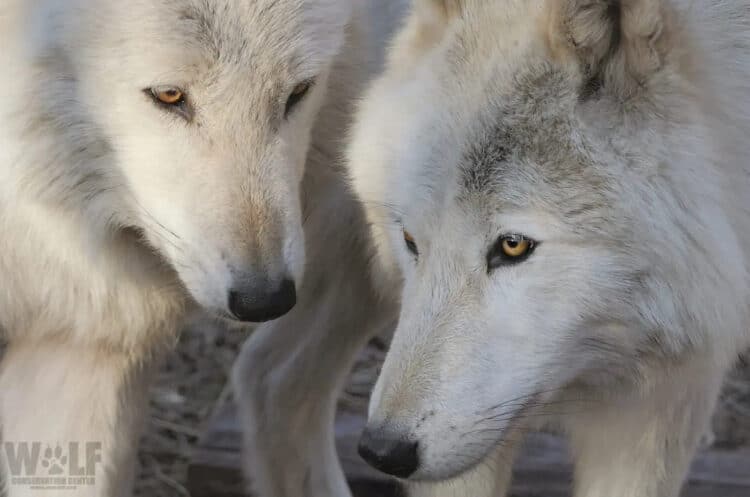
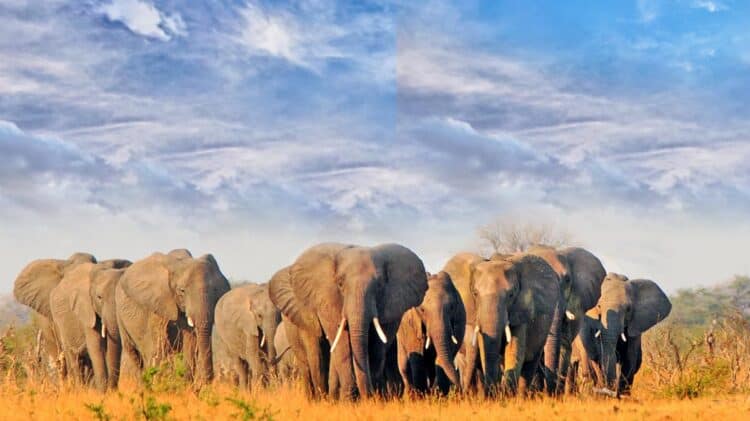
Leave a Reply